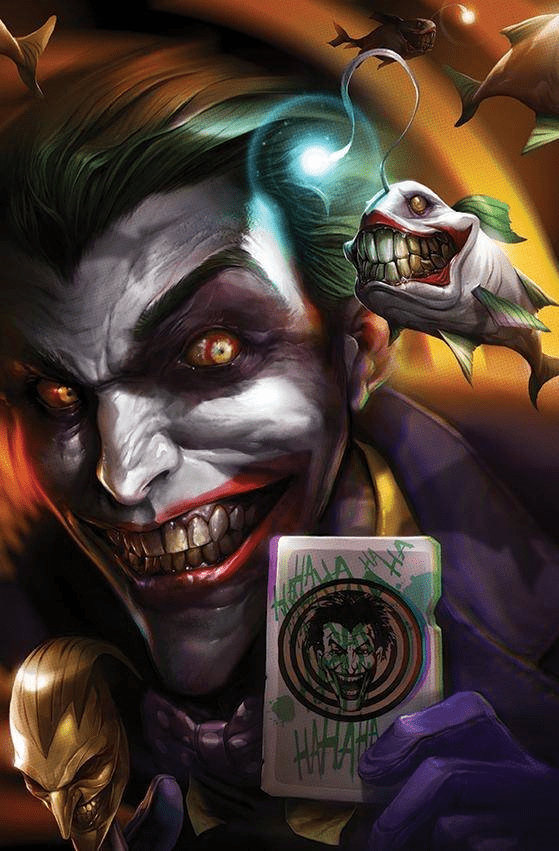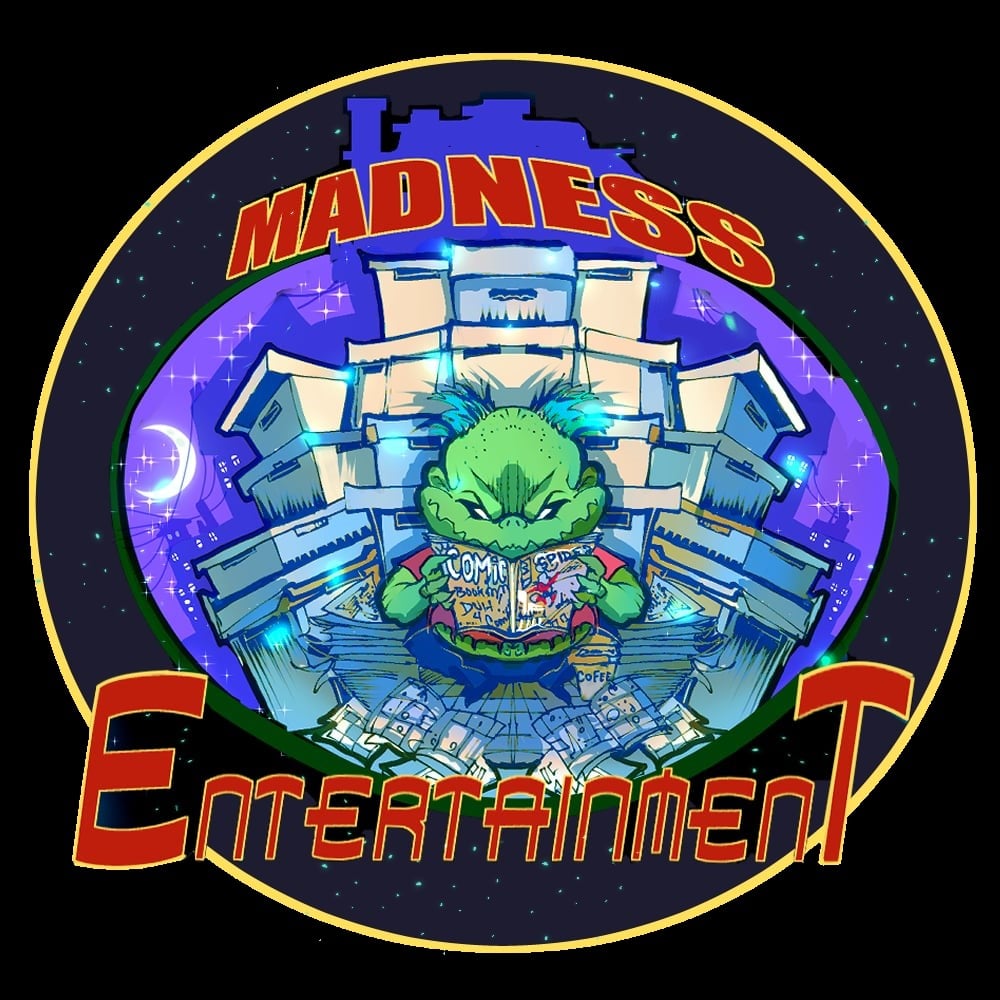Creators Cut Loose with Solo Joker Tales for 80th Anniversary
FTC Statement: Reviewers are frequently provided by the publisher/production company with a copy of the material being reviewed.The opinions published are solely those of the respective reviewers and may not reflect the opinions of CriticalBlast.com or its management.
As an Amazon Associate, we earn from qualifying purchases. (This is a legal requirement, as apparently some sites advertise for Amazon for free. Yes, that's sarcasm.)

Few villains have had the impact on literature as have the tricksters. Loki. Anansi. Joker. There's a magnetism that draws the reader into their story whenever they are involved.
Batman's arch-nemesis celebrates 80 years of crime and carnage this year, and to commemorate the event DC has released the JOKER 80TH ANNIVERSARY 100-PAGE SUPER SPECTACULAR, with handsome card stock, variant covers, and some of the best talent the industry has to offer. The issue includes some of the more iconic covers of DC Comics stories that spotlighted the character, as well as some gorgeous pinups, interspersed among the stories, the likes of which haven't been given to The Joker since the Martin H. Greenberg anthology, THE FURTHER ADVENTURES OF THE JOKER.
Kicking things off is a self-contained short story, "Scars," by Scott Snyder and Jock. Snyder's story explores the after-effects on those the Joker has victimized but left alive, through the eyes of the therapist assigned to help them. In it, Snyder examines just how much, if at all, the Joker targets not just a person but their specific fears, leaving open to chilling mystery how he learns about these fears.
"What Comes After a Joke" is by James Tynion IV and Mikel Janin, and is probably the story that is going to make this issue sought after. Coming close on the heels of the buying frenzy kicked off by the first appearances of Joker's new partner, Punchline, this is the story that puts an origin to the character, making her more than just a dressed-up gangster moll.
Gary Whitta and Greg Miller, with art by Dan Mora, deliver an imaginary tale that's more of a gag strip. "Kill the Batman" is set outside of any continuity, and takes place during the Batman's public funeral, with the Joker in attendance. No longer having an arch foe to struggle with, the story asks the question of how the Joker would move on in his drive to torment people. The question is a setup to the gag at the end.
"Introducing the Dove Corps" is the reason I went back to my comic shop to pick up this issue after having initially passed on it. At $9.99, and having already picked up the CATWOMAN 80TH ANNIVERSARY special, I was hesitant to do it again. And then Denny O'Neil passed away, and I learned that this was his last work turned in to DC for publication. With art by Jose Luis Garcia Lopez, this story was like a lost chapter out of the classic age of DC Comics, as the Joker learns of a non-lethal military unit sanctioned by the United Nations. The oxymoronic term amuses him, so he uses his connections to embed himself with the corps to learn what they do -- and turns it upside down in the process.
Peter J. Tomasi and Simone Bianchi give us a phantasmagorical piece, "The War Within," which has all the earmarks of being a chapter that would lead into something on a scale of DARK NIGHTS: DEATH METAL. It seems to happen within Joker's head, as we follow Batman going from one twisted version of a classic encounter to another, with the fluidity of a drug-induced nightmare. At the end, I'm not even sure the narrator is the Joker or some other related threat. It was just too metaphysical, which is the kind of Batman story I pull away from.
"The Last Smile" puts Paul Dini back with Mister J and Harley Quinn, and gives a more palatable reason as to why Harley ultimately leaves her psychotic boyfriend. Joker's been having recurring nightmares about how his days come to an end, and Riley Rossmo gives it all a whimsical, animated look without looking anything at all like the Bruce Timm style of the animated universe.
Tom Taylor's Joker is cut from the Heath Ledger cloth, clarified by the illustrations of Eduardo Risso. When Joker makes a visit to "chastise" one of his crew, he finds the thug's young son sitting on the front stoop alone, pulling legs off bugs and bemoaning nobody is coming to his birthday party. The Joker takes a shine to the lad and visits the neighborhood parents, compelling them as only he can to make a great party for the lonely kid, before finally running into the father and making his point.
"No Heroes" continues that more realistic 'chaotic criminal" lane. Joker and his crew are robbing a bank when an intern intervenes and shoots one of the henchmen. Now at the mercy of the Joker, the young man learns what it means to be a hero as he stares into the face of unpredictable chaos. By Eduardo Medeiros and Rafael Alburquerque.
Tony S. Daniel and Tomeu Morey continue with the ganster theme with "Penance," a vignette that has a mobster in the confessional booth, telling the story of how he ran afoul of The Joker and how he finds himself relating more and more to Batman. It's a good character story, but the denouement was telegraphed pretty much from the first panel.
Finally, "Two Fell Into the Hornet's Nest" had a lot of promise, coming from the team of Brian Azzarello and Lee Bermejo, who have collaborated on The Joker before. Unfortunately this is yet another story that is filled with so much insanity and not an ounce of real interaction that it simply makes no sense. Is it a dream? Is it a pastiche? A parody? It's unclear, and I hate that in a comic story.
As mentioned previously, this issue also includes pinups of the character, and each of them is a masterpiece from artists like Kelley Jones (whose style is a perfect match for the world as seen by The Joker) & Michelle Madsen, Stjepan Sejic, Ivan Reis & Marcelo Maiolo, Tim Sale & Brennan Wagner, Fiona Staples, and John Romita Jr, Danny Miki & Peter Steigerwald.


